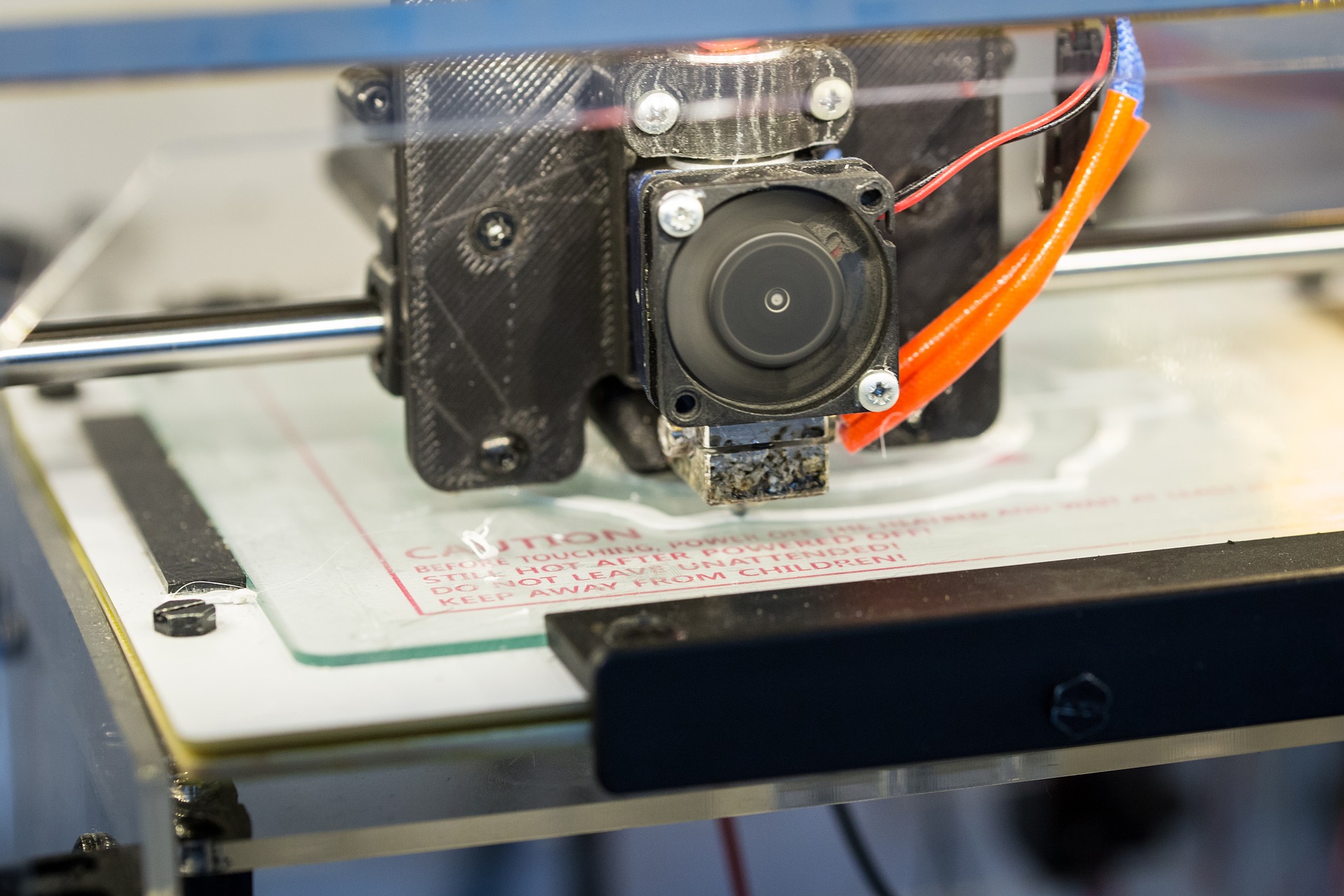Computer-designed, 3D-printed models are emerging as a useful new tool for planning and carrying out cosmetic plastic surgery of the nose, reports a paper in the June issue of Plastic and Reconstructive Surgery, the official medical journal of the American Society of Plastic Surgeons (ASPS).
Customized, life-sized, 3D-printed, models can provide a useful visual reference in the operating room for plastic surgeons performing rhinoplasty, according to a special “Ideas and Innovations” article by ASPS Member Surgeon Bardia Amirlak, MD, FACS, of University of Texas Southwestern Medical Center in Dallas, and colleagues. They write, “Patient-specific 3D-printed models reflecting the actual 3D anatomy provides additional visual and tactile information to the surgeon, which may contribute to achieving the desired clinical result.”
In recent years, digital imaging technology has become widely used in planning many types of plastic and reconstructive surgery procedures. When discussing cosmetic surgery, the ability to create 3D “before and after” images — showing the patient’s current appearance and the planned results of surgery — has been a valuable aid to the preoperative consultation between patient and surgeon.
For Amirlak and colleagues, the growing availability of 3D printing technology provides a logical next step: using 3D digital images to crate printed models of the proposed appearance of the new nose. Once the patient and surgeon agree on the “idealized outcome” of rhinoplasty, the digital images of the patient’s current appearance and simulated outcome are converted into 3D-printed models. Full-color models are printed using gypsum powder — providing a more detailed and lifelike appearance than with 3D printing using polymer resin.

In the operating room, the surgeon can refer to the 3D-printed models as a “side-by-side reference,” helping to see and appreciate subtle changes occurring during the rhinoplasty procedure. The models help to ensure that the outcomes of cosmetic rhinoplasty are as close as possible to the planned appearance of the patient’s nose.
Three-dimensional printed models can also help to improve communication with the patient before surgery, Amirlak and colleagues have found. They write, “The tactile feedback and ease of visualization from different angles and profiles have complemented the 2D and 3D photographs, making the surgical possibilities and limitations of the procedure easier to understand for the patient.”
The models take about a week to create, with an average cost of $300.
While 3D printing technology isn’t new, it is increasingly available and affordable for a wide range of applications. Three-dimensional printed models have been used for craniofacial and other types of reconstructive surgery, but have received relatively little attention in cosmetic surgery.
Rhinoplasty is a common yet challenging procedure for plastic surgeons. It is one of the most frequently performed types of cosmetic surgery. About 219,000 rhinoplasty procedures were performed in the United States in 2017, according to ASPS statistics.
“Given the complexity of rhinoplasty, 3D printing may be a natural fit as part of the surgical care of these patients,” Amirlak and coauthors write.
In addition to improving the preoperative consultation process and providing a guide to the surgeon during the procedure, they believe that 3D printing technology “has numerous prospective clinical and research uses in aesthetic surgery.”




